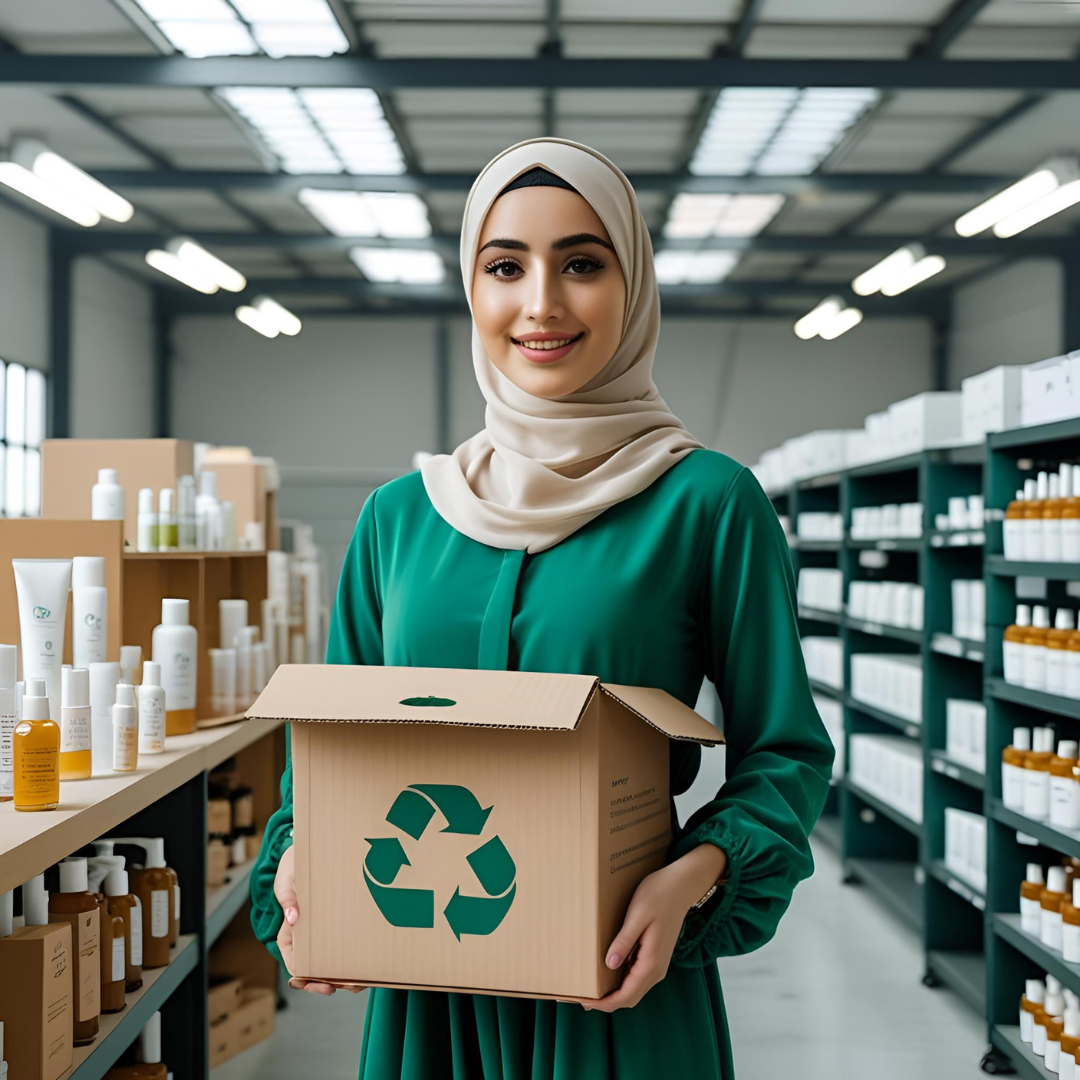Introduction
Beauty is going green and not just in packaging.
In 2025, the focus has shifted to the warehouses behind the
products.
Read Warehouse Innovations Reshaping Beauty Fulfillment 2025
Green warehousing is now a critical part of the beauty logistics chain.
It supports sustainability, reduces emissions, and improves brand image.
Let’s explore how beauty brands are embracing eco-conscious fulfillment centers to meet rising consumer and regulatory demands.
Why Beauty Warehousing Needs to Evolve
Beauty brands ship high volumes of products every day.
This constant movement consumes energy, generates waste, and contributes to
carbon footprints.
Consumers want clean beauty, but they also expect
clean logistics
.
Warehouses must now align with eco-friendly principles across operations.
Core Features of Green Warehouses in 2025
Today’s beauty logistics hubs include:
- Solar-powered roofing for clean energy
- Rainwater harvesting systems
- Recyclable materials for racking and packing
- LED motion lighting to cut down electricity use
- Automated HVAC systems for energy efficiency
These changes aren’t just good for the planet—they reduce long-term operational costs.
Eco-Certifications Matter
Leading fulfillment centers now aim for global green certifications, including:
- LEED (Leadership in Energy and Environmental Design)
- BREEAM (Building Research Establishment Environmental Assessment Method)
- ISO 14001 Environmental Management
Beauty brands working with certified warehouses gain a marketing edge and regulatory trust.
Zero-Waste Operations in Beauty Fulfillment
More logistics partners are aiming for
zero-waste facilities
.
This means:
- All packaging waste is reused or recycled
- Organic waste is composted
- Inventory is managed to avoid spoilage or overstock disposal
Some beauty companies even upcycle returned items instead of discarding them.
Green Transport Integration
Warehouses are now paired with low-emission delivery options.
This includes:
- Electric delivery fleets
- Bike couriers in urban areas
- Rail shipping over long haul truck routes
Sustainable warehousing isn’t complete without clean last-mile delivery.
Smart Energy Monitoring
IoT sensors and AI help track warehouse energy usage.
Beauty brands can now view:
- Real-time carbon output
- Energy consumption trends
- Suggestions for efficiency improvements
This data helps companies meet their sustainability KPIs and report progress to investors and consumers.
Case Study: Clean Beauty Brand’s Solar Warehouse
One natural skincare brand opened a
fully solar-powered warehouse
in 2025.
It uses compostable packaging, rainwater cleaning, and automation to
minimize waste.
The warehouse became a PR success.
Customers praised the transparency and commitment to sustainability.
Sales increased, and shipping costs dropped after energy optimization.
Conclusion
Green warehousing is no longer optional in the beauty sector.
In 2025, it defines a brand’s values and long-term success.
Beauty logistics leaders are investing in sustainability from the ground
up—literally.
Clean energy, smart infrastructure, and waste-free processes will shape the
next era of fulfillment.
Now is the time to go green, or get left behind.
- Top 10 Natural Skincare Trends in 2025 for Flawless Skin
- Glass Skin Facial 2025: The Ultimate Glow Treatment Everyone Wants
- Best Skincare Routine for Oily Skin in 2025
- Is Oxygen Facial Still Worth It in 2025? Benefits, Results & Cost
- Glowing Skin Routine for Every Skin Type in 2025 (Dry, Oily, and Sensitive)

4 thoughts on “Green Warehousing for Beauty Brands 2025: Standards”